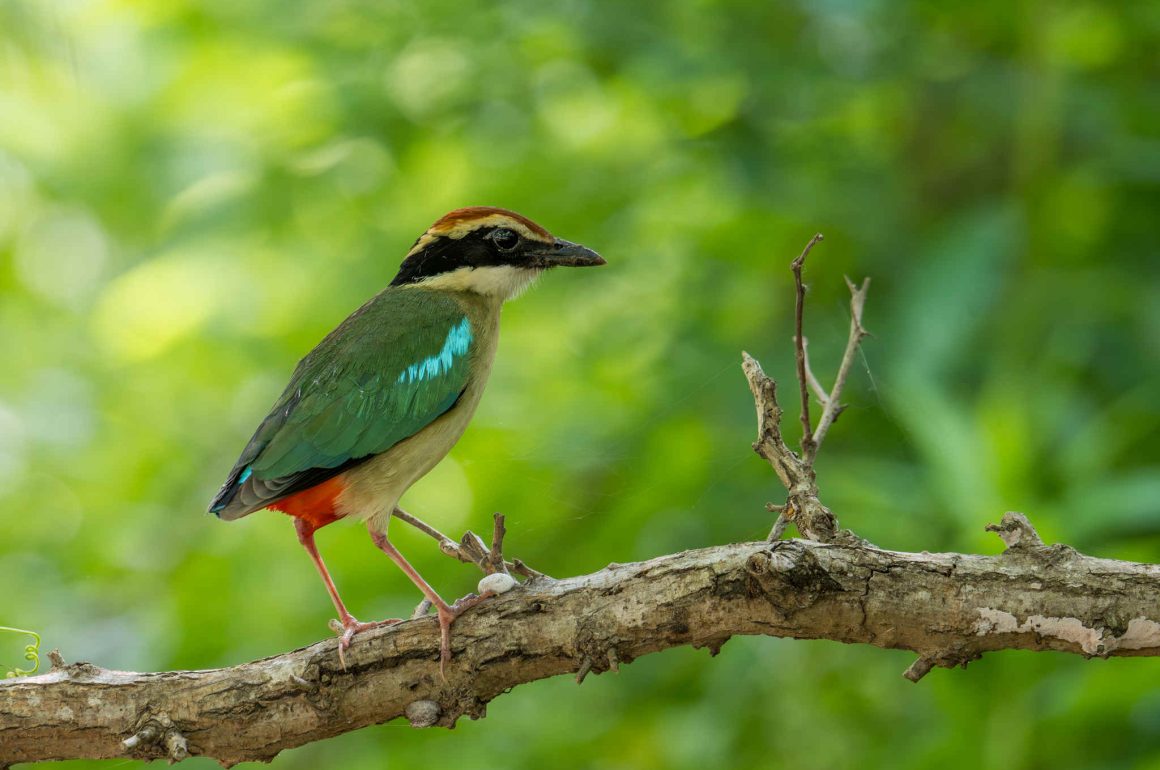
I am not sure there is much new I can write about the Fairy Pitta – but I had a close encounter with one at Nanhui, Shanghai, this early June, and the experience and the photos were just too nice not to share.

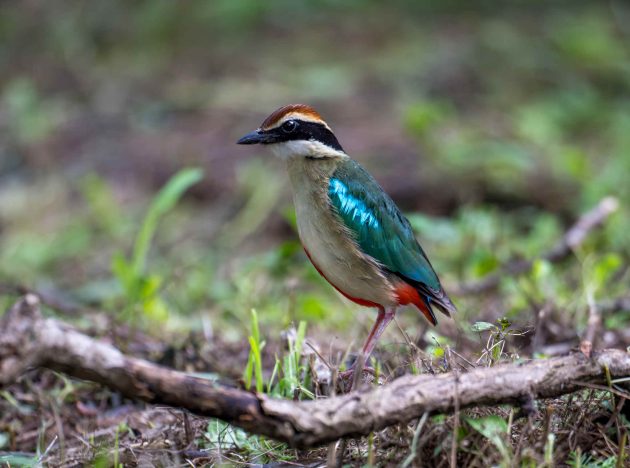
It is a small bird for a pitta – a nymph of a bird, as both the common name and the scientific one (Pitta nympha) indicate.
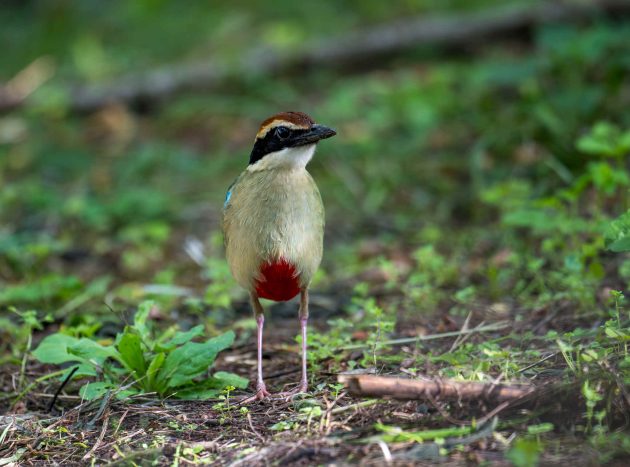
The Fairy Pitta is rare, not only in Shanghai (I usually only see one individual during spring migration, though a few more in autumn), but also globally. The HBW estimates that there are only a few thousand individuals, and thus the species is listed as Vulnerable.
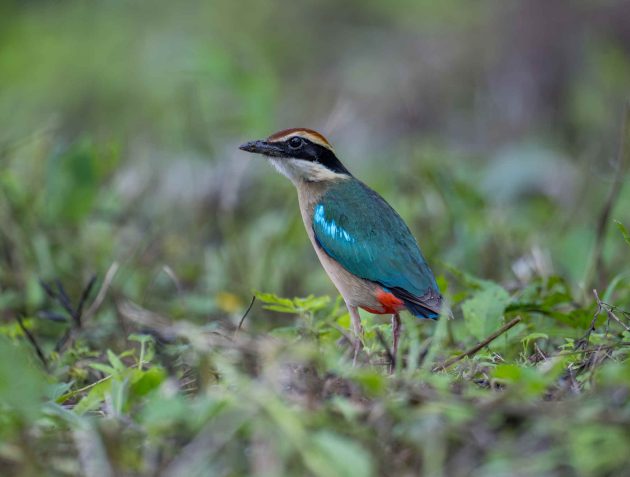
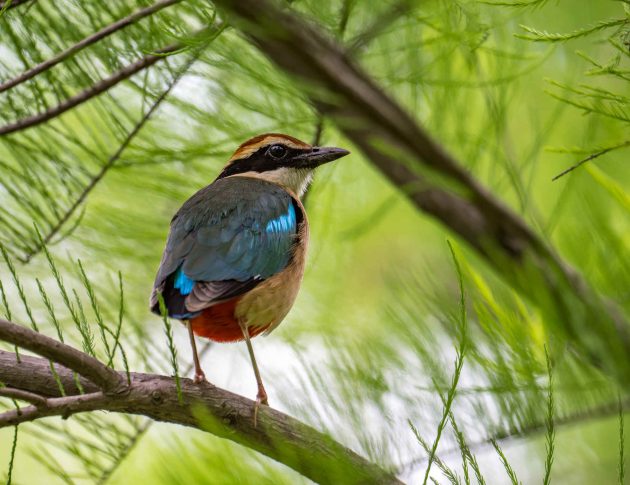
The population has declined substantially in recent years, and it is not quite clear why. Deforestation in its breeding grounds, initially believed to be a major factor, may not be as important as thought (source).

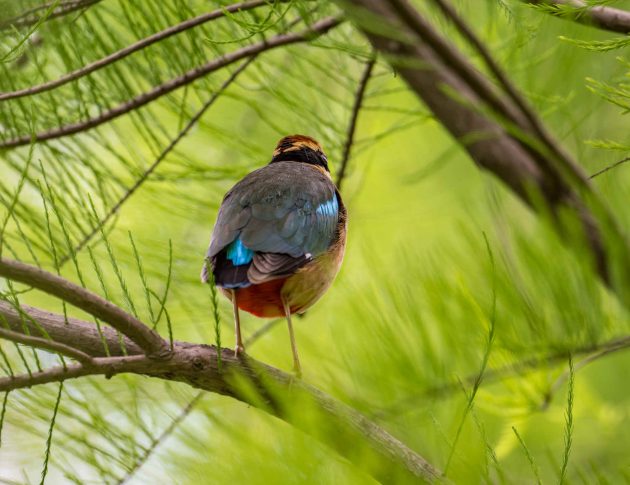
Given the rarity and beauty of the Fairy Pitta, it is not surprising that researchers have developed models to predict its distribution, for example, in Taiwan (source). Parameters considered covered topography, climate, and human activity.
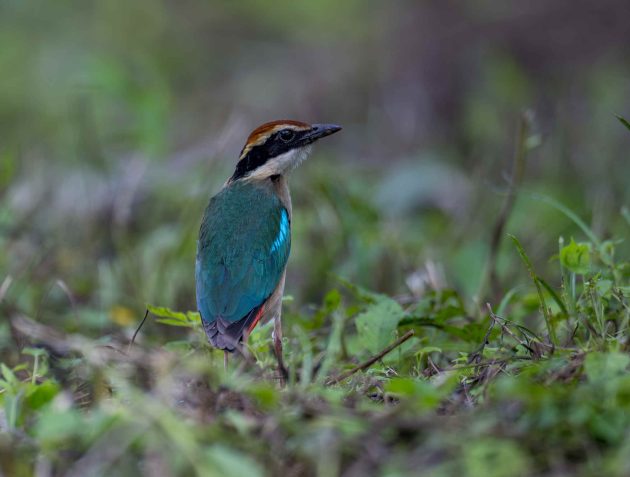
Other research looked at the preferred elevation for breeding – apparently, it does not matter too much to the pittas as long as the elevation is below 800 m (on Jeju Island, Korea). Good to be a bit more flexible.
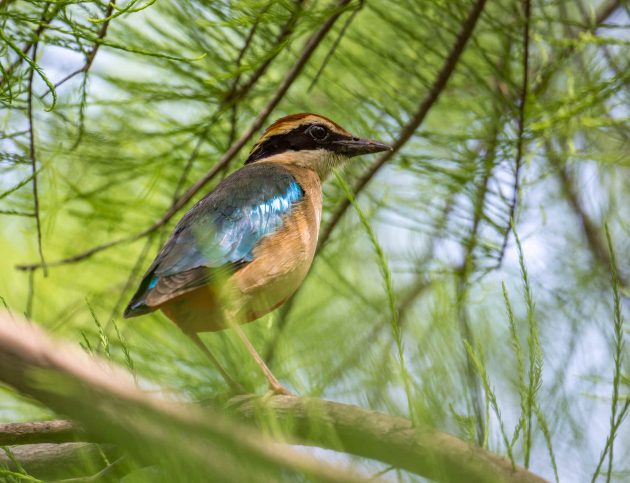
At the same location, researchers also looked at the preferred time for Fairy Pittas to sing. Unfortunately for birders dreading getting up early, the earliest songs start at 5 am, the peak is at 6 am, and after that, the song frequency declines.
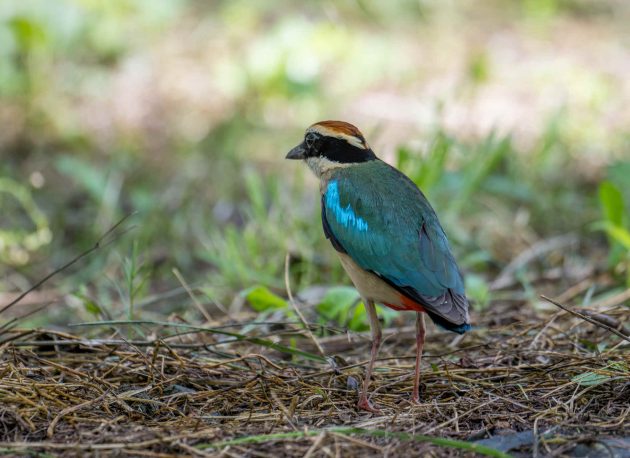
Its main diet (about 70%, source) is earthworms, and indeed, during the approximately two hours I observed the bird, it ate several of them. This means it is a vermivore, a new word for me (an animal that primarily eats worms).
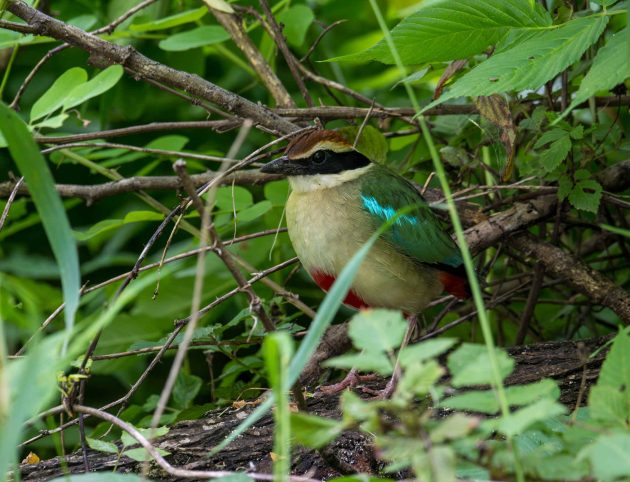
There also seems to be a band named Vermivore, but I think it is crap.
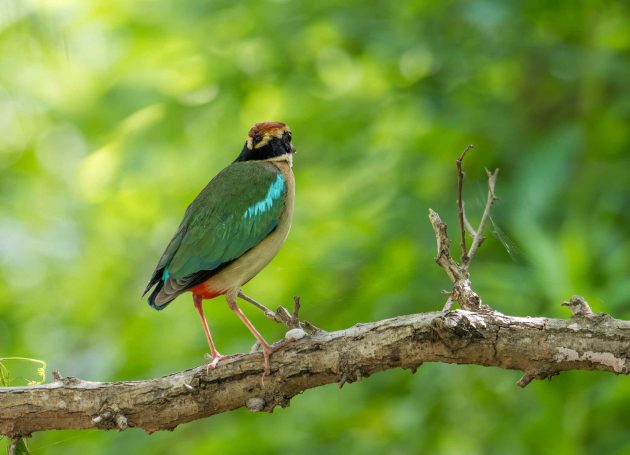
The Fairy Pitta also shows up in some strange places, such as the African Journal of Agricultural Research. In which the pitta is introduced “as a case study for multimedia ecological learning materials”, applying “multimedia technology to design a digital system that is user-friendly and can serve as teaching materials, featuring sound effects, games, puzzles, and tests”.
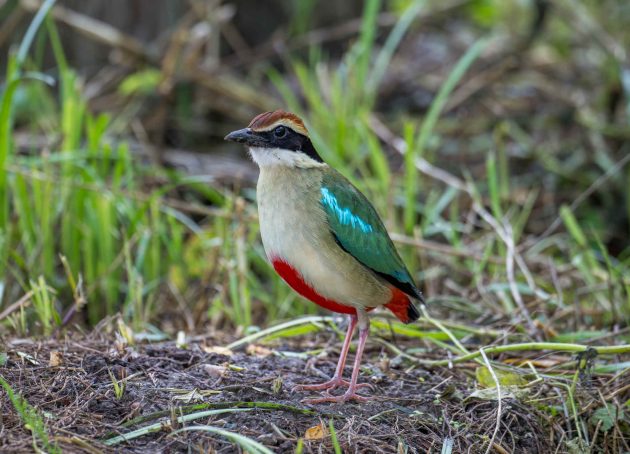
While that sounds reasonable enough, the first sentence of the introduction already leaves substantial doubt about the qualifications of the author and the reviewing process of the journal: “Fairy Pitta, also known as the Indian Pitta …” Alas, the two species were split quite a few years before the publication of the paper.
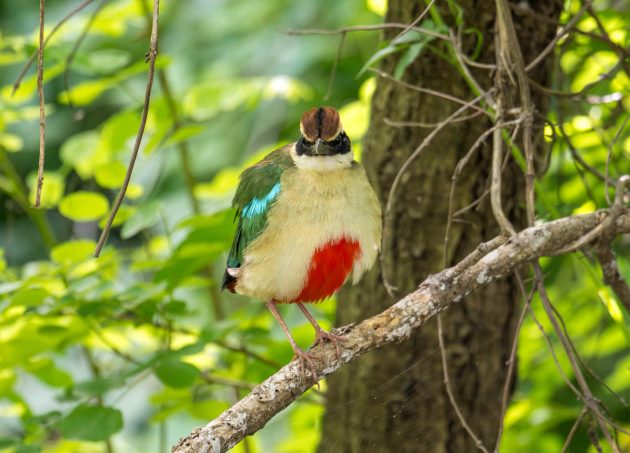
A few years later, the same author published a paper with the title “Placement of a Bird Jigsaw Puzzle on a Creative Story Website to Enhance Learning Pleasure and Understanding of Animal Conservation” – this time, however, in the equally promisingly named “International Journal of e-Education, e-Business, e-Management and e-Learning”. I guess his next paper is likely to be published in the “Journal of ICT Applications in Agronomy and e-Education” …
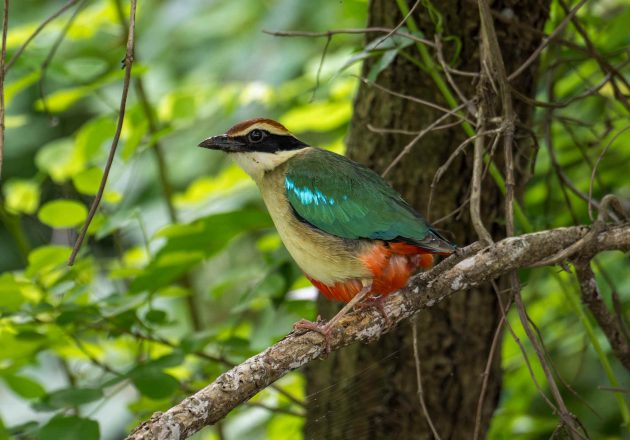
Finally, if you want to see videos of the same Fairy Pitta, look here …
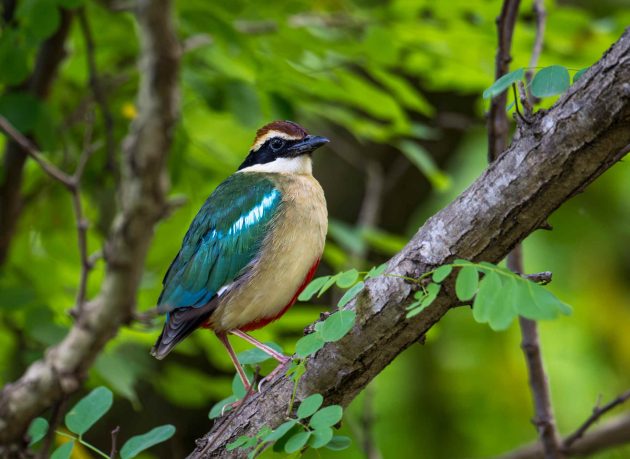
… or here …
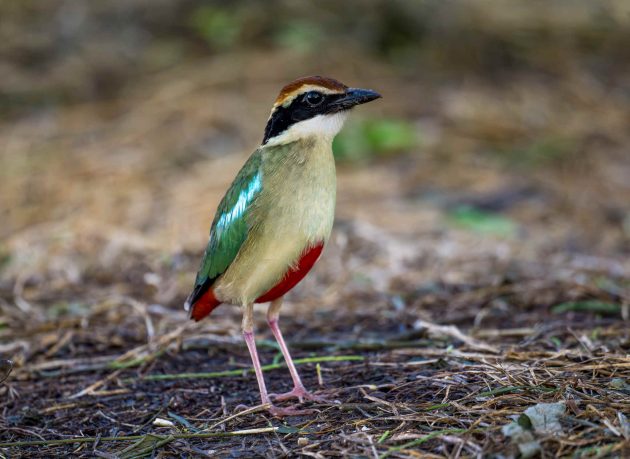
… or here …
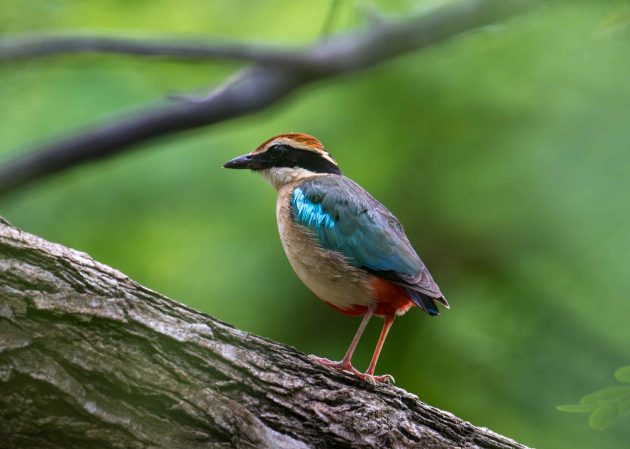
… or here.








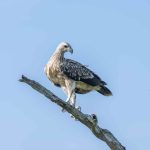
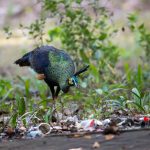

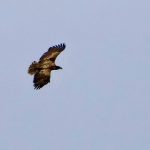

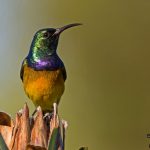
Dear Santa, I have been a reasonably good boy this year, can I please get to see a pitta? Just one. Please??
I’ve seen a few pittas, but I’d love to see a fairy.
Hello, this is Zuhal. I’m an Afghan
I wanted to thank you for sharing so many wonderful facts and information about different birds around the world. I have shared this information among my Afghan friends and told them about the importance of this information. I’m happy that now I have a good source of information to increase my birding knowledge ? or to let others know.